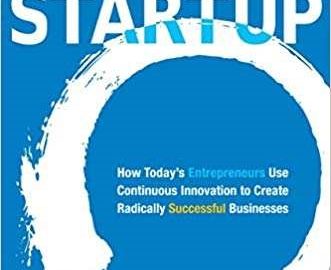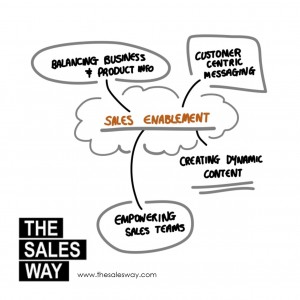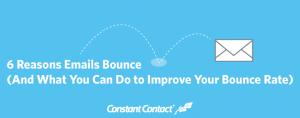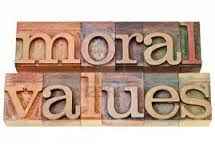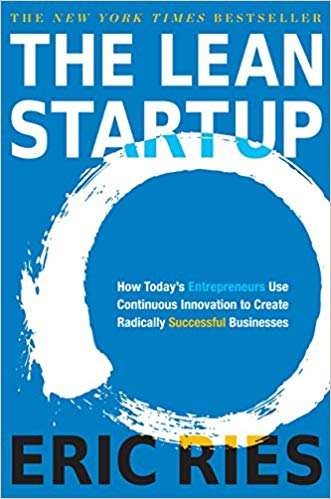
According to lean startup expert Eric Ries, “Lean Startup” consists of three components.
- Business Model Design
- Customer Development
- Agile Engineering
The three components were designed to help businesses to become efficient, reduce the amount of time to get their product design right, and reduce the amount of initial cash necessary to build that product.
Lean Startup was designed for new businesses that do not have an extensive history of producing similar products, where experience from previous launches can be used to develop a business plan for executing a new product. The Lean Startup method allows businesses to learn and discover what works and has value to customers through an iterative development process to avoid wasting time and money developing features that the customer does not value.
There is a limited amount of data that you can get by sitting at a computer and writing an implementation plan. The Lean Startup method emphasizes leaving the office and tapping into the collective intelligence of potential customers. Lean Startup is a process that allows you to rapidly learn by getting out of the office and testing some of the key ideas and features of the product.
What you will find by talking to potential customers directly is that many of your initial leap of faith assumptions and hypotheses are wrong.
Business Model Design
The process that I recommend is starting with the Business Model Canvas. Remember a business model is customer-facing while your economic model is investor-facing. When you think about it, a business model canvas is nothing more than a series of assumptions that you believe will help you find an uncontested (Blue Ocean) market for your product or service.
When you come up with a business model that you think will work, review your business model canvas and write down all the assumptions related to each block of the canvas in a separate document. Each assumption will then be methodically tested in the customer development part of the process.
Customer Development
Unlike simply using the business model and developing a strategy to implement it, you’re going to take the assumptions listed in the previous step, leave the office and actually test them with real people. The formal process used to test your assumptions is known as customer development.
Customer development is the process of designing mini-experiments to test assumptions with potential customers and partners to validate or discover new insights. The way we’re going to discover new insights is by showing customers what you intend to offer using a slide deck or PowerPoint, wireframes, mockups, prototypes, etc. to gather as much information as we can about their feedback.
Pivot
When our assumptions turn out to be wrong, with the Lean Startup you simply use the insights and feedback to change those assumptions and perform a pivot.
A pivot assumes that you keep one foot firmly placed on your main idea and simply move the other foot to change directions a little bit. Pivots are changes, not complete do-overs. In Lean Startup, a pivot is defined as a change to one or more of the business model canvas components.
In an old-fashioned startup, the product is often developed ignoring the Lean Startup method. Once launched, if it is discovered that the assumptions made were wrong, causing the enterprise to lose lots of time and money in product development, the executive in charge of the new product launch is often fired.
A story Steve Blank often shares demonstrating that the Lean Startup methods can work for both large companies, as well as startup companies, involves General Electric (GE).
GE was about to commercialize some of its high-temperature battery technology. They wanted to offer these batteries to other companies for industrial applications. As is typical of a company of GE’s size, a marketing team developed a detailed market research report. Based on the market research report, GE had authorized $ 100 million to build a new factory and hire staff. However, the project’s General Manager said that the new battery division felt more like a startup and decided to check the assumptions that went into the market research report. What he discovered by using the Lean Startup method was that the battery requirements differed substantially by industry segments. If they would have had the new factory make a standard product, they would not have sold any of them because different customers require different packaging, cooling, and connectors, and none of this was visible prior to them testing their assumptions with potential customers. Based on this new data from the customer’s feedback, GE built the factory to produce the products that customers wanted. The product lunch turned out to be a huge success for GE, thanks to the uncovered discoveries using the Lean Startup method.
Agile Engineering
Agile Engineering divides big projects into smaller and measurable chunks of work. Agile engineering involves taking incremental steps toward the development of the final product and getting feedback from potential customers along the way. Agile engineering is used in conjunction with the customer development part of the process. Rather than start with a lengthy requirements phase that covers the entire span of the project, the requirements using the Lean Startup are created as each incremental step is developed and tested. By testing features and new builds, companies can verify if they are really solving a user’s problems and developing the right product.
There is a saying in business that says, “No business plan survives first contact with customers”. What that really means is that if you do not follow the Lean Startup method and simply develop a business plan to execute on your idea, as is popular with the Waterfall method, you will not know whether you were right or wrong until after you develop and ship the product, and customers give you feedback. However, by then you would have burned lots of time and money, and potentially be out of business.
However, by following the Lean Startup method, you can quickly iterate and incrementally build the product a piece at a time. For each increment, you learn and discover if your product is on the right track. For example, do you have the right customers, the right features, the right distribution channel, the right revenue model, the right pricing, the right partners, etc? With agile engineering, you have a process to test and validate at each stage of the development process, incrementally reducing time and money, which is what the whole Lean Startup model is about.
How can you use the Lean Startup in your business to test your assumptions and hypothesis?
Business & Finance Articles on Business 2 Community
(51)
